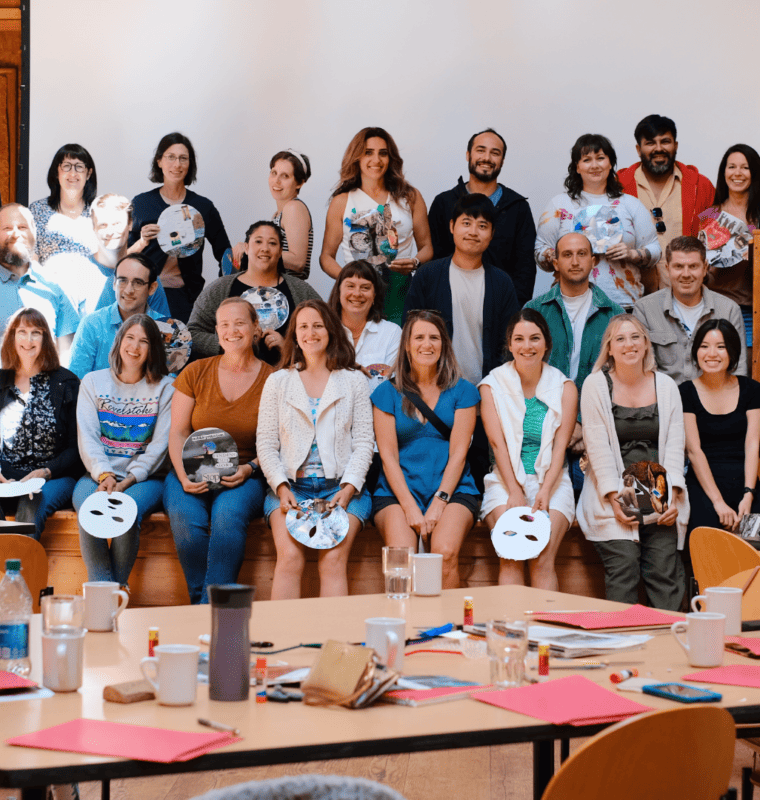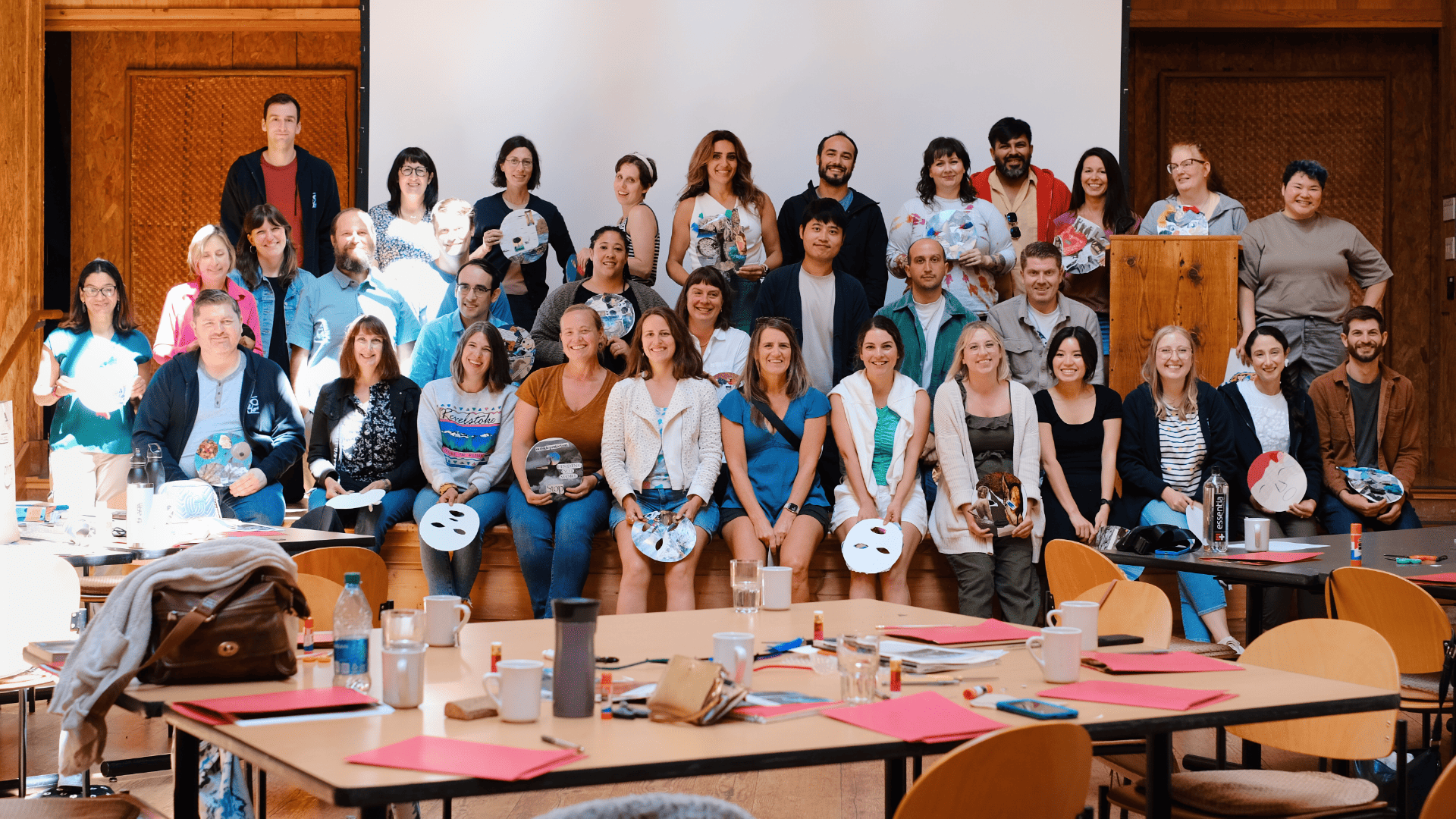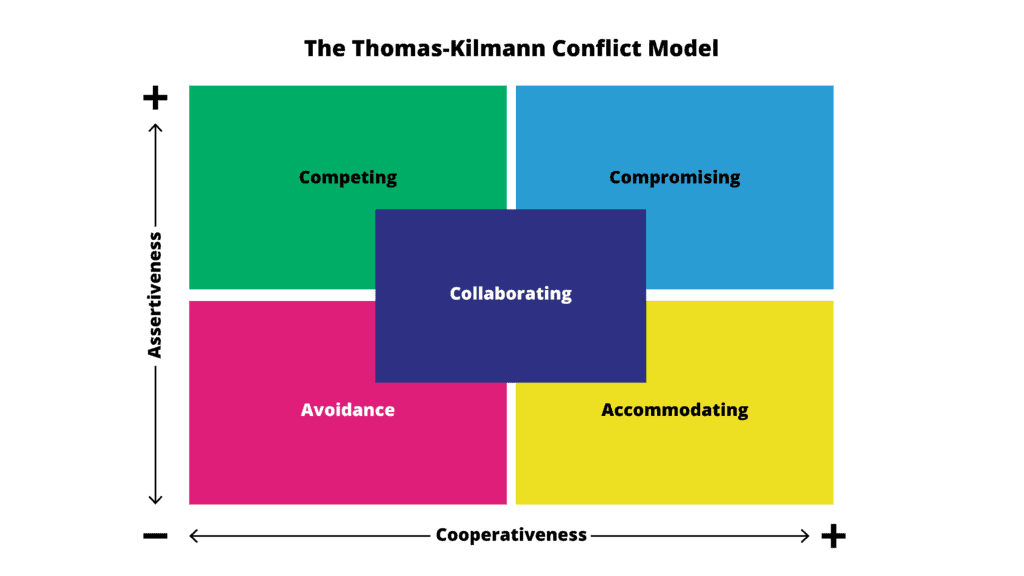
Ma’am, I’m going to have to call security
- Once again, Washington officials and private sector executives are accusing Microsoft of dropping the ball following another hacking incident. Russian spies (Is this real life?) breached Microsoft’s systems to gain access to senior executives’ emails. They were full of sensitive information like, “Re: Chipotle for lunch??” and Teams messages such as, “I slowly feel my soul dying with every second of this quarterly meeting.” All parties (except Microsoft) say this was a fully avoidable incident, prompting U.S. officials to publicly state that the government needs to “reevaluate its dependence on Microsoft.”
Wheelin’ and dealin’
- Hold the (Voda)phone, there’s a big new deal in town: The telecom company signed a $1.5B, 10-year agreement with Microsoft. (They stole the deal right out from under me because I didn’t have change for a $20.) The goals of this deal run the gamut, from targeting SMBs to improving financial inclusion in Africa. And of course, transforming the customer experience with generative AI. Can’t take a single breath without that these days.
- Space Force (Again, real life?) is tapping Microsoft to build a cloud-based, simulated space environment. It will incorporate augmented reality via HoloLens headsets and serve as a training vehicle that allows participants to interact with digital copies in orbit. (Can you imagine tripping on LSD in that thing?! PLUTO LOOKED INTO MY SOUL and then he gave me a bucket of fried chicken.)
- Walmart, everyone’s favorite spot to get really depressed about the state of humanity, is working with Microsoft on new AI solutions for Walmart customers. For example, using AI to answer a customer’s query and generate personalized responses. Naturally, the sample photo is of someone buying one bag of Doritos from Walmart online. Because we are Americans and that’s what we do.
- The Walmart stuff arrives just as Microsoft announces its play to bring generative AI to retailers, particularly through Copilot. This includes Copilot templates that retailers can personalize across the buyer journey, AI to generate insights, and generative AI for marketing campaigns. SymphonyAI is working with Microsoft to bring predictive and generative AI to retail.
- Choice Hotels International, a large hospitality chain that includes Comfort Inn and Econo Lodge, has fully migrated to AWS for all its operations. But what’s really important here are the (real life) online reviews for Choice Hotels, such as, “There were meth syringes by our truck in the morning and the room smelled like piss” and “I was given a king suite with blood on the covers and zero hangers.” ZERO HANGERS!!!!
World domination
- Nothing makes a $1.5B Microsoft-Vodafone deal look bad like moving the decimal mark over a whole place, which AWS has done with its $15B investment in Japan. Those dolla dolla bills are going toward expanding AWS Cloud infrastructure and supporting AI computing needs in the country. Google and Microsoft have also been going heavier on investments in Japan, and all three have deals with the country’s government, but this gives AWS the largest presence of them all.
- AWS had some spare change left over after that, and decided to invest in…Mississippi? Uh, OK…I guess why not. The company is spending $10B to build a data center in the greater Jackson area. Well, that’s great because this project should bring some much-needed funds to the area…EXCEPT that it’s 100% corporate-tax exempt. During a “special session,” they decided that the state itself has to provide $44M in funds for tasks like workforce training. For AWS. Also, the state must loan a ton of money to the county to build a sewer system. For AWS. But hey, what a deal (for AWS), amiright!
- As tensions rise between the U.S. and China (Americans are asked to “reconsider travel to China”)—along with an Executive Order limiting chipmakers in Chinese business dealings—Microsoft is uncertain about the fate of its Beijing-based AI lab. With China accounting for $212B in Microsoft sales, Microsoft doesn’t yet have an answer to the Biden administration’s request to pull the lab entirely.
- Is it just me or is it Chile in here? AWS got the green light to build a $205M data center in Santiago. This will be the first AWS data center in the country.
- AWS has won three contracts with the UK government—valued at about $1B dollars—a sign that the British government is deeply locked into AWS services.
- Microsoft customers can now store all their personal data in the EU, a place with real privacy laws…a place where people don’t order Doritos online from retailers that take out “dead peasants” life insurance policies on their employees. ::Looks longingly toward the Atlantic::
Gossip (for nerds)
- After beating Apple to briefly become the most valuable company in the world (and becoming the second company to ever reach a $3T market cap), Microsoft reported a 33% profit increase and an 18% jump in revenue. (Can’t wait for more layoff news. Oh, wait…)
- AWS has hired a guy who makes shirt choices that are bold but still socially acceptable. “Damn it! Honey, the AWS folks need a new headshot, and I told them I’m still on vacation! Ugh, just snap me right here. How’s my hair?” “You look great, sweetie, and don’t worry, this will probably just go on some ID badge and not in globally available news.” The new CFO was formerly Amazon’s operations and logistics manager. Now that I know his name I’ll be calling him for answers on what happened to Prime’s 24-hour delivery promise.
- Ashish Dhawan, who was the managing director of AWS enterprise workload sales, has moved to NetApp.
- Google hired a former Okta and Microsoft exec to be its new AI leader, driving the company’s AI go-to-market strategy.
- It’s official—the FTC is poking around the partnerships between Microsoft (and four other big tech companies, including AWS) and AI companies. Reading between the lines, this feels less about concern for society and more about the government fearing a loss of power to tech companies. I can’t WAIT for this hearing, where we’ll surely be entertained with questions from officials along the lines of, “Could the Google make me into an AI? This feels dangerous,” and, “It is my understanding that AI can connect to the internet, is that really necessary?”
New stuff
- Please find the most gossipy person you know and have them apply to AWS, because I NEED to know where this new AWS Secret Region is. It’s only for the U.S. Intelligence Community, which frankly I think I should be working for, because you wouldn’t believe what strangers have felt compelled to tell me on my travels. I basically already work for the Intelligence Community and should know where this is.
- AWS has introduced a new SME partner competency: SMBs. 30 Partners (including Trellix) have already achieved the Small and Medium Business Competency and offer a range of services and solutions specific to SMBs, such as security, storage, migration, and AI.
- To make OpenAI even more accessible, Microsoft is working on a smaller, cheaper version for those of us living in the gutter. It has compiled a team to develop a conversational AI that requires less computing power. In this case, they just have to “do less with less.”
- You can now get Copilot Pro for $20 a month, meaning I can use that $20 from my failed Vodafone deal. For small businesses, there’s a Copilot virtual assistant that Microsoft 365 customers can purchase.
- Microsoft has launched new partner benefits, which include access to Copilot, product licenses, and Azure credits.
- Check out this announcement for Microsoft Mesh, featuring avatars that, for some reason, have no bottom half to their bodies. Mesh “powers 3D immersive experiences” for hybrid workers so interactions “feel more face-to-face” (except for dunno why, the bottom half of bodies).
- Microsoft and Norwegian software company Cognite are collaborating to build data tools and copilots to help industrial companies improve operations using Microsoft Fabric.
- Digital and cloud transformation company Mastek is strategically collaborating with Microsoft to build industry-specific solutions using Azure OpenAI.
- Sony, Honda, and Microsoft are one big happy family that will make Afeela, an electric car. Here we go: Afeela a joke coming on.
- Siemens, which does things like pay half my mortgage, has formed another strategic partnership with AWS that will boost AI usage in engineering and manufacturing markets, primarily through low-code offerings. This deal allows AWS to ride the coattails of Siemens’ credibility in these markets, and helps Siemens move more aggressively into the software field.
- Panda is a new proposed framework from AWS that aims to provide a large language model–based debugger for databases. It will help people troubleshoot and debug databases for better performance—something AWS demonstrated when it threw Panda at ChatGPT to show how vague and incomplete the generative AI’s recommendations are.
Best Friends Forever
- Now on Microsoft Azure Marketplace: MIT and Harvard’s Broad Institute’s open-source Terra platform, used for biomedical analysis; FintechOS, which allows banks and insurers to design, build, and deploy digital banking and insurance products and customer experiences; Cranium AI’s security platform; and Cognigy.AI, which I dunno what it does ‘cause the release was bad, which feels like a requirement these days.
- New to AWS Marketplace: Rackspace Technology’s Cloud DBOps, a managed service for commercial and open-source databases running on various AWS services, and Harbr’s “last mile” data solution.
- Sacré bleu! Starting at the end of 2024, Capgemini and Orange will have formed a joint venture, Bleu, to help French companies adopt Microsoft Azure and 365 through its “cloud de confiance” (trust) services.
- BAE, which reads like I’m yelling across the house for my significant other but is actually an ISV, has earned its AWS Migration Competency.
- Dragos, which sounds like a company Daenerys Targaryen established, has achieved the AWS Manufacturing and Industrial Competency. It provides cybersecurity for operational technology.
- TierPoint has earned two new Microsoft Solutions Partner designations, Data & AI and Digital & App Innovation.
- Dentsu, which sounds like a Japanese denture shop, is expanding its AI tool offerings using Amazon Bedrock.
- SourceFuse, a digital transformation company that’s also apparently a braggart, has officially achieved 100 AWS Certifications.
- Revenue lifecycle management solutions provider Conga earned the AWS Life Sciences Competency.
- DevOps software provider JFrog has integrated its Artifactory platform with Amazon SageMaker to streamline the process of building, training, and deploying ML models.






















